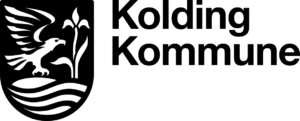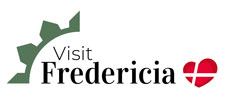The Danish Orchids
Most people think of beautiful, exotic potted plants from the florist, when the talk turns to orchids. But we actually also have wild orchids growing in Denmark. And in Naturpark Lillebælt, it is possible to witness a rare breed of the plant, the Lady Orchid (Orchis Purpurea).
The Cuckoo Herb
The Danish species are named Orchis and Dactylorhiza, but in Danish, both are called the Gøgeurt, which translates to Cuckoo Herb. They received their Danish name, as they bloom when the cuckoo bird comes to visit. The cuckoo is a summer guest, who comes to the country in late April or early May, lays its eggs in other birds’ nests, and flies south again already near the end of July. In this same period, one can see the Orchis and the Dactylorhiza in impressive bloom.
The Testicle Flower
One genus of the Danish orchids received its botanical name, Orchis, because of the Greek word for testicle. This is because that is precisely what their roots look like. In bygone days, people believed that the roots could help with the sexual prowess. But if you should be so lucky as to find an Orchis, you are not allowed to dig it up. Not to see what the roots look like nor to check if the old belief is true. This is because all orchids in Denmark are under preservation and thus they must neither be picked nor dug up. But one can enjoy the sight of them.
A Complicated Affair
The procreation of the orchids is a complicated affair. The flowers are meticulously shaped to make them inviting for insects to land on. When the insect sticks its head in to find nectar, the flower’s pollen receptacles sticks to the head of the insect and can thus be brought to the next flower’s pollen catcher. Some orchid species even have nectar, which makes the insect so drunk, it does not bother to rub the pollen seeds off.
But not only do the flowers need to get pollinated. The orchis seeds are so tiny and do not have a lot of nutrition when they sprout. Therefore the orchis is completely depended on there being a specific breed of fungi in the soil where the seed lands. This is perhaps why certain genus of Orchis are so rare and only grow in very specific types of soil.
Places in Naturpark Lillebælt Where you can Witness the Orchis & the Dactylorhiza
Trelde Næs: There are nine different species of Orchis and Dactylorhiza growing along the coast of Trelde Næs. Among these is the Lady Orchid, which is very rare and only grows very few places in the country.
Hindsgavl Peninsula: Towards Fænøsund on the Grøndal path, one can witness Early-Purple Orchids (Orchis Mascula). This same Orchis is also found in Staurby Forest.
Stenderup Forest: The Early-Purple Orchid can be seen several places – for example, there are many around Husvold in Stenderup Forest. Furthermore, the Greater-Butterfly Orchid (Platanthera Chlorantha) and the Bird’s Nest Orchid (Neottia Nidus-Avis) – one can be lucky to find them.
Skamlingsbanken: There are hundreds of the Greater-Butterfly Orchid – for example, around Klokkestablen and north of it in the forest edges. The grazing animals often bite off the flowers – but they let the leaves be, so as not to damage the orchid too much.
Hejls Nor: Along the boardwalk of Aller Å in the west-end of Hejls Nor, one can see the Broad-Leaved Marsh Orchid (Dactylorhiza Majalis) and the Early Marsh-Orchid (Dactylorhiza Incarnata) in their thousands.
Photo: Sandra Arvidson
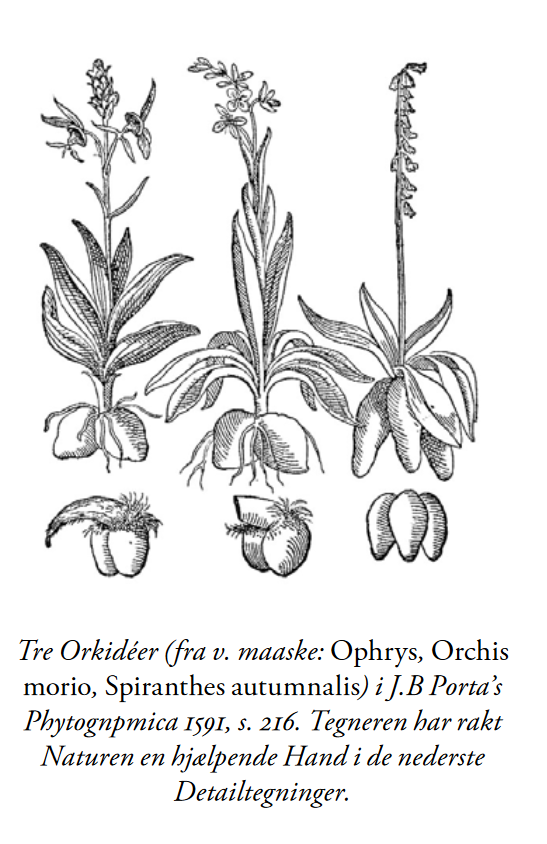
From ‘Etnobotanik. Planter i skik og brug, i historien og folkemedicin. Vagn J. Brøndegaards biografi, bibliografi og artikler udvalgt på dansk’. (‘Plants in custom and use, in the history of folk medicine. Vagn J. Brøndegaard’s biography, bibliography, and selected articles in Danish’)
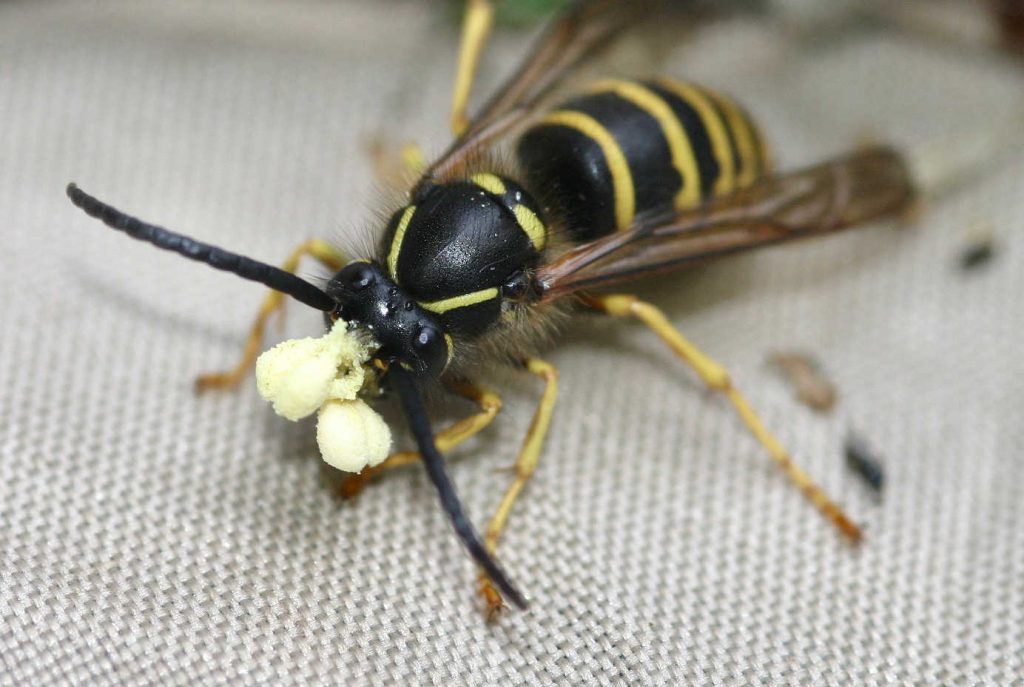
Photo: Bjørli Lehmann
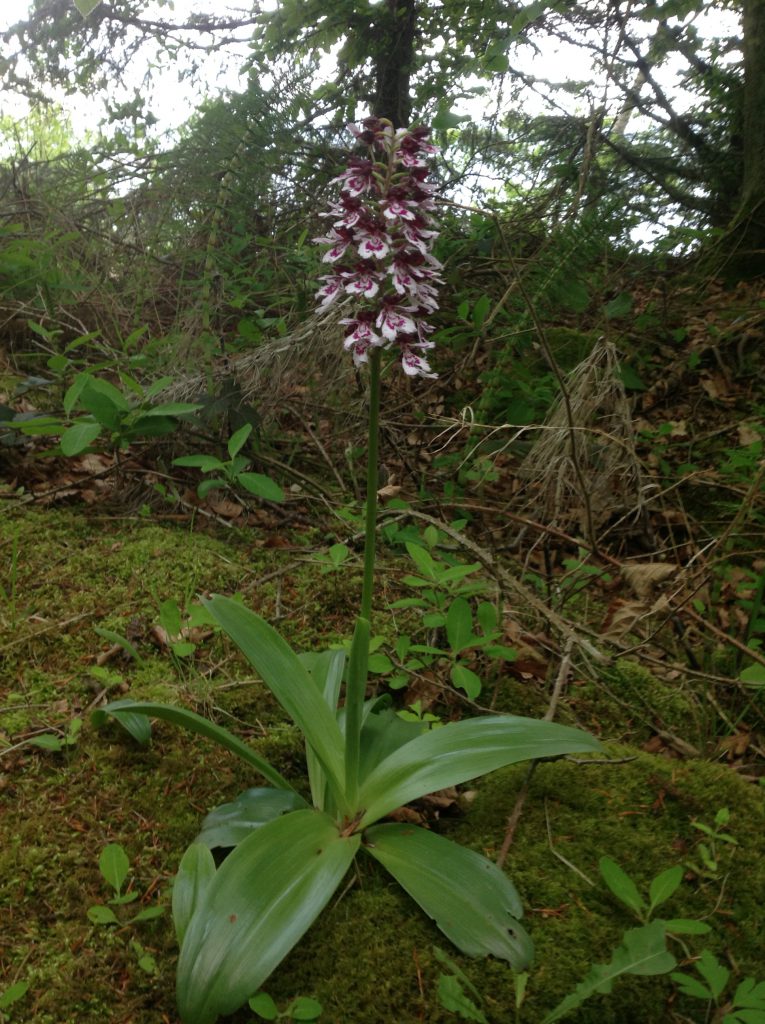
Photo: Bjarne Christensen

The Porpoise

The Otter

The Sea Trout
A joy for the eyes and a gift for the dining table. Read more about the sea trout here.
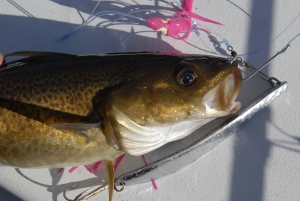
The Cod




